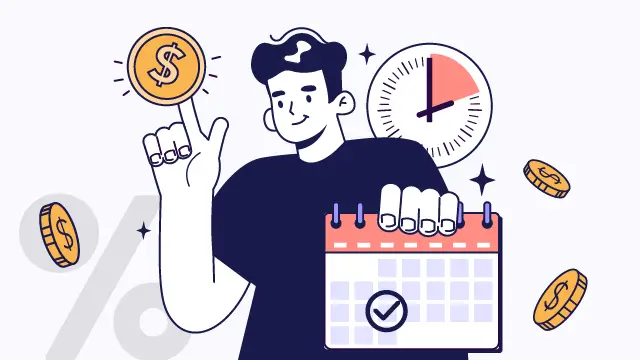Understanding Economic Cycles: How to Prepare Your Finances for a Recession
1. The Economic Cycle Reality
• Economies naturally fluctuate between periods of growth (expansion) and contraction (recession).
• Recognizing this cyclical nature is the first step toward proactive financial planning.
• Preparing during stable times provides crucial resilience for economic downturns.

2. Phase 1: Expansion (The Preparation Period)
• Strengthen Your Emergency Fund: Aim for 6-12 months of essential living expenses in a liquid savings account.
• Aggressively Pay Down High-Interest Debt: Reduce credit card and personal loan balances to minimize fixed obligations.
• Diversify Income Sources: Develop side hustles or freelance skills to create alternative revenue streams.
• Review Your Insurance Coverage: Ensure adequate health, disability, and property insurance to protect against unforeseen events.
3. Phase 2: Peak (The Caution Phase)
• Reassess Your Budget: Identify and reduce discretionary spending to increase your savings rate.
• Rebalance Investment Portfolio: Gradually shift a portion of assets to more conservative, liquid investments.
• Avoid Major Debt-Financed Purchases: Postpone buying a new car or other large liabilities requiring long-term payments.
• Document Professional Achievements: Update your resume and record accomplishments to bolster job security.
4. Phase 3: Recession (The Management Phase)
• Strictly Prioritize Essential Spending: Focus on necessities like housing, utilities, and food.
• Avoid Panic Selling Investments: Historically, markets recover; selling locks in losses.
• Continue Dollar-Cost Averaging: Maintain regular contributions to investments to buy assets at lower prices.
• Utilize Emergency Funds If Needed: This is the purpose of the fund; use it strategically to avoid new debt.
5. Phase 4: Trough & Recovery (The Opportunity Phase)
• Replenish Your Emergency Fund: Gradually restore savings as income stabilizes.
• Review Investment Strategy: Consider increasing exposure to growth assets as recovery signs emerge.
• Assess Career Opportunities: The recovery phase often creates new job openings and career paths.
• Evaluate Major Purchases: Asset prices (like real estate) may be lower, presenting potential long-term opportunities.
6. Essential Mindset Adjustments
• Focus on Control: Concentrate on factors within your control (spending, skills) rather than macroeconomic predictions.
• Maintain Long-Term Perspective: Avoid emotional decisions by remembering that economic cycles are temporary.
• Embrace Frugality: View reduced spending not as deprivation but as strategic financial management.
• Continuous Learning: Use the period to enhance financial literacy and professional skills.
7. Key Preparation Checklist
• Robust emergency fund established
• High-interest debt eliminated
• Monthly budget optimized
• Investment portfolio rebalanced
• Income streams diversified
• Essential documents organized
8. Conclusion: Empowerment Through Preparation
• Understanding economic cycles transforms fear into strategic planning.
• Proactive financial habits built during expansions provide security during contractions.
• The ultimate goal is not to predict the future but to build a resilient financial foundation that withstands economic fluctuations.
• Consistent discipline throughout the cycle positions you to not only survive downturns but potentially emerge stronger.


 More Popular Reports
More Popular Reports
-
 A Beginner’s Guide to Affiliate Marketing with Smart Tech Toolsaffiliate marketing for beginners smart tech tools passive income online business niche selection affiliate programs
A Beginner’s Guide to Affiliate Marketing with Smart Tech Toolsaffiliate marketing for beginners smart tech tools passive income online business niche selection affiliate programs -
 The App Store Gold Rush: A Realistic Guide to Making Money with Mobile AppsApp Store success mobile app revenue App Store Optimization ASO strategies app business models MVP validation freemium model
The App Store Gold Rush: A Realistic Guide to Making Money with Mobile AppsApp Store success mobile app revenue App Store Optimization ASO strategies app business models MVP validation freemium model

 Share
Share
